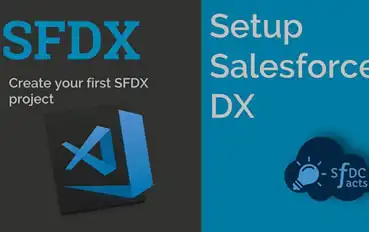Here are 6 ways code scanning tools impact Salesforce data security:

RELATED BLOG POSTS
Setting Up and Using CodeScan Effectively
Running CodeScan on your Salesforce Org is a great first step towards quality code, but maintaining that quality is a Read more
Estimating ROI with CodeScan
Every Software Development Professional knows the following fact: the later bugs are found, the more expensive they are to fix. Read more
SFDX Tutorial | Setting Up CodeScan
Salesforce DX is a new focus on source-driven, collaborative development. The Salesforce CLI (Command Line Interface) easily integrates into your Read more
CodeScan and Visual Studio Team Services
Visual Studio Continuous IntegrationVisual Studio Team Services (VSTS) is a quick and powerful tool to set up continuous integration and Read more



 The most direct function of code scanning tools in security is automated security checks. There are a variety of types of scans these tools can perform, including code health, technical debt assessments, and vulnerability scans.
The most direct function of code scanning tools in security is automated security checks. There are a variety of types of scans these tools can perform, including code health, technical debt assessments, and vulnerability scans.



